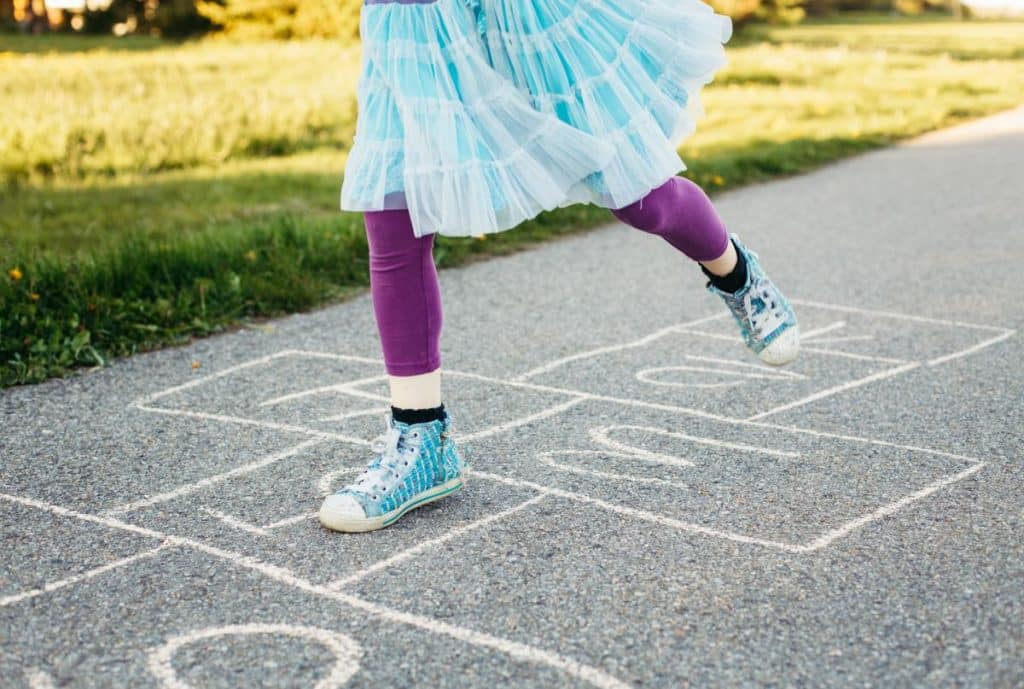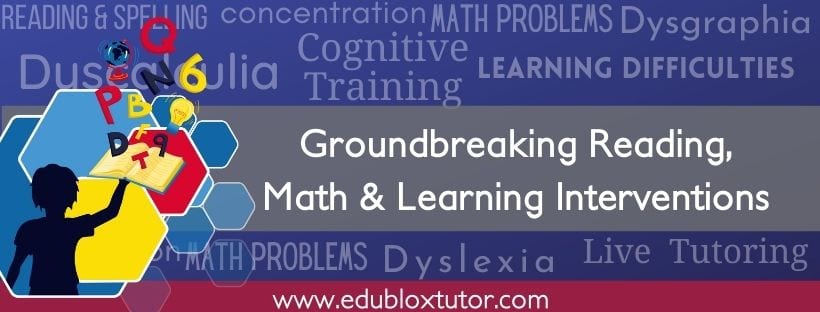
Poor handwriting can impair academic performance and self-esteem. Factors contributing to deficiencies in penmanship include poor gross motor skills, which is the focus of this article.
Handwriting matters
Handwriting is essential for school-aged children who must produce fluent and legible writing for expressing, communicating, and recording ideas.
Children who find handwriting difficult cannot always finish assignments on time, may try to use as few words as possible, and, most importantly, cannot attend to content when focusing on the mechanical aspects of writing. Thus, inadequate handwriting can impair academic performance (Erhardt & Meade, 2005).
Factors that may contribute to handwriting difficulties include poor visual memory, especially visual sequential memory (Tseng & Chow, 2014), inadequate instruction (Graham & Miller, 1980), and poor fine (Seo, 2018) and gross motor skills (Cole, 2005).
What are gross motor skills?
Motor skills are movements and actions of the muscles. Typically, they are categorized into two groups: gross and fine motor skills.
Fine motor skills involve smaller movements in the wrists, hands, fingers, feet, and toes. For example, they participate in smaller actions such as picking up objects between the thumb and finger, writing carefully, and even blinking.
Gross motor skills, on the other hand, involve movements of the arms, legs, and other large body parts. They participate in actions such as crawling, running, and swimming.
These two motor skills work together to provide coordination.
Gross motor skills underpin fine motor skills
Having good gross motor skills can enable a child to excel at sports. But this is only part of the benefit! Developing a child’s gross motor skills can do so much more than that – they can influence their ability to write well and even concentrate in the classroom.

Efficient control of the larger muscle groups in the neck, shoulder, and trunk is necessary to maintain stability for the fingers and hands to move to complete the handwriting task. As children develop, control and stability begin at the trunk and progress to the elbow, wrist, and finally, the hand.
With normal development, fine motor skills are developed from gross motor skills. For example, a baby will first learn to swat, then reach, then grasp, and finally to manipulate a toy.
Children must develop the proximal muscles (closer to the center of the body) of the trunk and shoulder girdle to use the distal muscles (further from the body’s center) in the fingers and hands. These proximal muscles develop in children with gross motor movements such as reaching, tummy time, rolling, all fours position, crawling, standing, and walking.
Taking part in gross motor activities can also help your child develop the physical endurance needed to sit at a desk for extended periods, aiding their concentration.
The key is practice, practice, practice
Gross motor skills develop through practice and repetition. Therefore, children must be exposed to diverse opportunities to move freely and experiment with different resources to help their skills develop.
In her book Learning Disabilities, Lerner lists many activities intended to develop smoother, more effective body movements and to increase the child’s sense of spatial orientation and body consciousness. She groups motor activities as walking activities, balance beam activities, and other awareness activities:
Walking activities:
- Forward walk. Have the child walk to a target goal on a straight or curved path marked on the floor. The path may be wide or narrow, but the narrower the path, the more difficult the task. A single line requiring tandem walking (heel-to-toe) is more difficult than a widely spaced walk. A slow pace is more difficult than a running pace. Walking without shoes and socks is more difficult than with shoes.
. - Backward walk. Have the child walk through the same course backward.
. - Variations. Have the child walk the above with arms in different positions, carrying objects, dropping objects, dropping objects such as balls into containers along the way, or focusing eyes on various parts of the room.
. - Animal walk. Have the child imitate the walks of various animals: elephants walk (bend forward at the waist, allowing arms to hang down, taking big steps while swaying from side to side); rabbit hop (placing hands on the floor, do deep knee bends and move feet together between hands); crab walk (crawl forward and back face up); duck walk (walk with hands on knees while doing a deep knee bend); and worm walk (with hands and feet on the floor, take small steps first with feet, then with hands).
. - Steppingstones. Put objects on the floor for stepping stones, identifying placement for the left and right foot by color. The child must follow the course by placing the correct foot on each stepping stone.
. - Hoop walk. Place hoops on the ground. Have the child walk between the hoops forward and backward and then hop through the hoops.
. - Box game. The child has two boxes (the size of a shoe box), one behind and one in front. The child steps into the front box with both feet, moves the rear bow to the front, and then steps into that. The child can use different hands to move the boxes and use alternating feet.
.
Balance beam activities:
The balance beam can be a flat board, either purchased or homemade. It can be of various widths; the narrower the width, the more difficult the activities. Each end of the board is fitted into a bracket that serves as a brace and prevents the board from tipping over.
- Walking forward. Have the child walk forward slowly across the board with a normal stride of a tandem walk (heel-to-heel). The task is more difficult with bare feet than with shoes on.
. - Walking backward. Have the child walk backward while keeping balance.
. - Sideways walking. Ask the child to walk across the board sideways, starting with the left foot, then the right. One foot could slide to the other or cross over the other.
. - Variations. More complex variations can be devised by adding activities such as turning, picking up objects on the board, kneeling, dropping objects such as balls or beanbags into containers while going across, following oral or recorded commands while on the board, or walking while blindfolded or with eyes focused on an object.
.
Other gross motor activities:
- Skateboard. The child can ride the skateboard lying on the stomach, kneeling, or standing; the surface can be flat or on a downhill slope.
. - Balance board. This is a square board placed on a block-shaped piece of wood. Unless the body’s weight is correctly distributed, the board will tilt to one side.
. - Jumping jacks. Have the child jump, putting feet wide apart while clapping the hands above the head. To vary this activity, the child can make quarter-turns, half-turns, and full turns, or jump to the left, right, north, or south.
. - Hopping. The child should hop on one foot at a time and alternate feet while hopping. The child should hop in rhythmical patterns: left, left, right, right; or left, left, right, – right, right, left.
. - Bouncing. Have the child bounce on a trampoline, bedspring, mattress, or a large truck tire tube.
. - Skipping. A difficult activity for a child with poor motor coordination as it combines rhythm, balance, body movement, and coordination. Many children need help learning to skip.
. - Play hopscotch.

